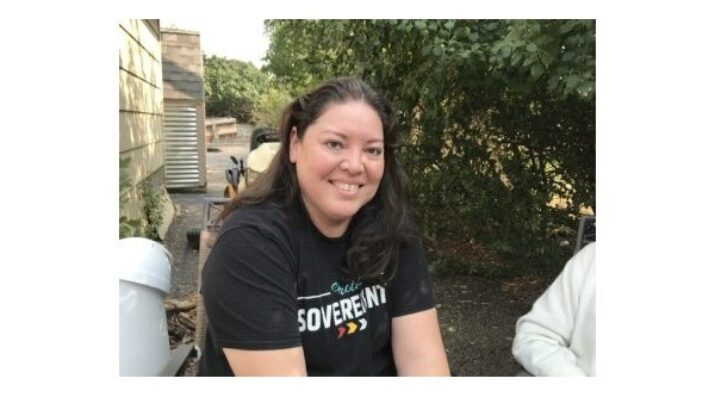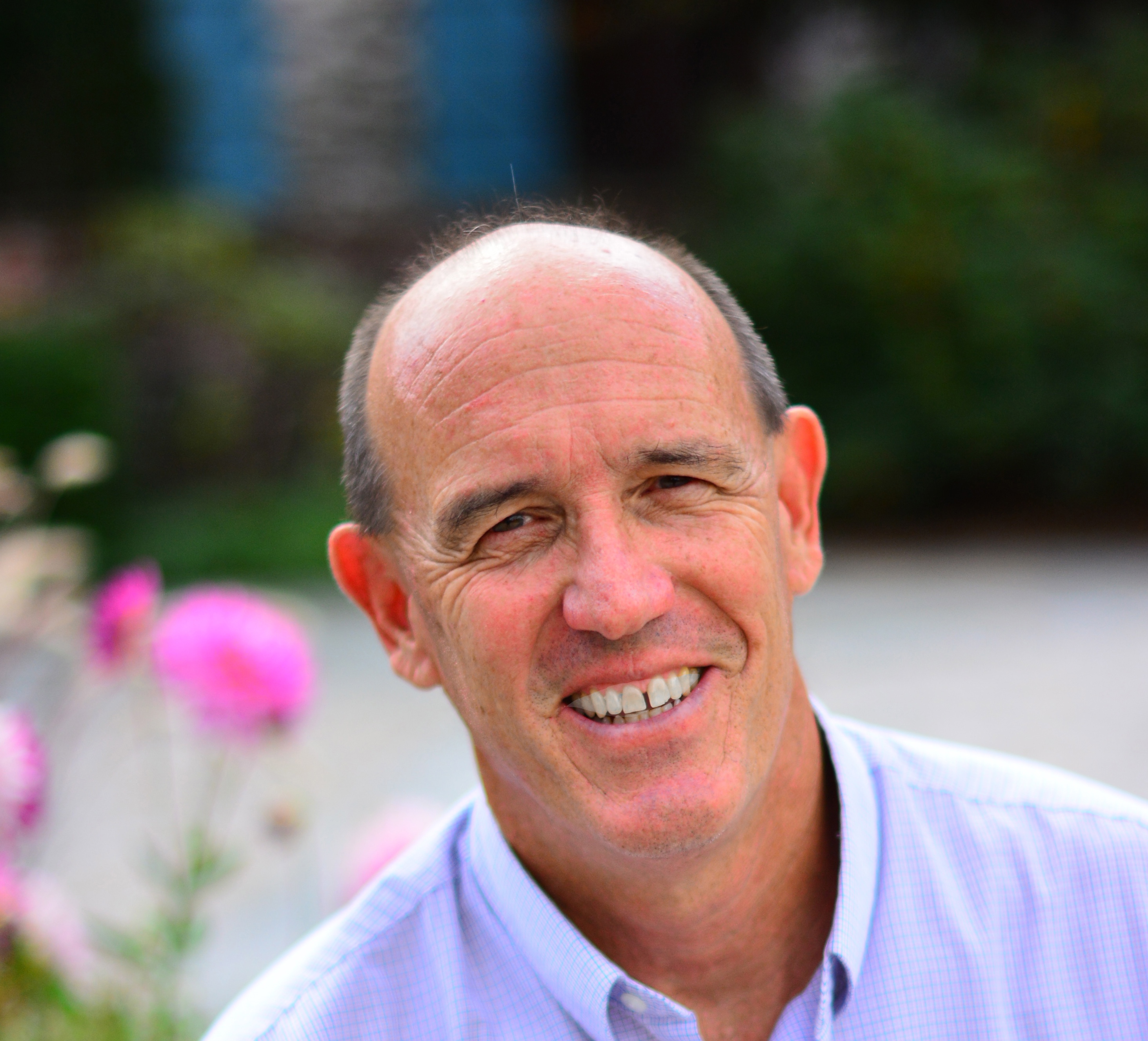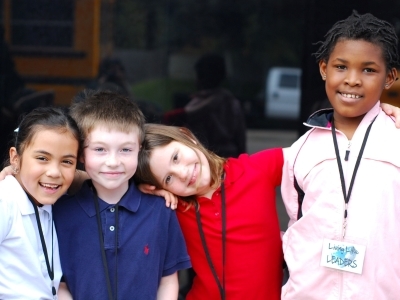Wisdom Road: Powerful Lakota Wisdom and Values
Topics

When educators design and create new schools, and live next gen learning themselves, they take the lead in growing next gen learning across the nation. Other educators don’t simply follow and adopt; next gen learning depends on personal and community agency—the will to own the change, fueled by the desire to learn from and with others. Networks and policy play important roles in enabling grassroots approaches to change.
Lifelong educator Tamera Miyasato has created a number of teaching resources around core values of Lakota wisdom traditions, resources with value for all learners.
I got the first vague idea for this Wisdom Road journey when I heard Tamera Miyasato give a workshop to South Dakota educators about five years ago. She has developed a curriculum around core values of Lakota wisdom traditions. I felt that virtually every educator I had ever met would see the value of learning this wisdom, and yet almost none of it has percolated out to the wider world. What a shame.
Tamera grew up on a small reservation near Flandreau in eastern South Dakota, and then later on the Pine Ridge Reservation. She went to the Red Cloud school run by Jesuits and then to Notre Dame. She is a life-long educator, and is now focused on creating a Lakota immersion school in Rapid City.
Tamera has created a number of teaching resources around Woope Sakowin, seven laws that are core to Lakota wisdom traditions. Many authoritative Native people have commented on these so I will not do that here. But just for reference, the seven laws that Tamera cites are:
- Wacante Oganake: To help, to share, to give, to be generous.
- Wowaunsila: Pity, compassion.
- Wowauonihan: To respect, to honor.
- Wowacintanka: Patience and tolerance.
- Wowahwala: To be humble, to seek humility.
- Woohitike: To be guided by your principles, discipline, bravery and courage.
- Woksape: Understanding and wisdom.
Where exactly have historians and Hollywood been when it comes to anything like an accurate portrayal of Native people and the values they held when our ancestors decided they needed to be exterminated?
From Tamera:
“I see a lot of similarities in Christianity and in our culture. We don’t call it a religion. There are some major differences, but important things like love and caring and being a good person; those are the same.”
“We have a lifelong goal of being a good relative. We are taught how to act or walk in humility. A colleague of mine reminded me that we don’t say ‘a humble leader’; we would say ‘walks with humility.’”
“Many wisdom traditions of the world have texts or documents that you can go back and refer to. It was never like that with us because it was so embedded in our way of life. Nothing standardized. It was just how we were to be.”
“We have medicine leaders who are no longer with us, like Fools Crow and Black Elk, and Crow Dog; they had always said, everyone is going to be around our tree, someday it’s going to be people from all colors. Until we can come into our humanity and care for one another, we’re doomed. We’re absolutely doomed.”
“A group of high school seniors used to always bully me. A White friend and I were at McDonald’s in the morning and my friend was driving. They saw us and they blocked the parking lot so she couldn’t get out. And they said, ‘We’re not letting you leave until you get that dirty little bitch in this van with us.’ They wanted to kidnap me and do God knows what else. She laid on her horn and she booked it out of the parking lot, right over the curb and over the lawn to get me out of there.”
“The young Lakota children are learning songs, they sing at funerals, they sing at community events, they’re really bringing the language and culture back to us. We are seeing, very, very slight changes. Now more young boys are growing their hair out. That seems like it’s so little, to grow your hair out, but that’s huge. It’s huge for them to be taking pride in that and not being shameful, or ashamed of having long hair and being able to be identified as Indigenous.”
“This is my home; I could not imagine living anywhere else. That’s regardless of how rough it may get. We’ll still survive. You lose so much of who you are and part of your spirit dies when you’re not in your homeland.”
Learn more about Wisdom Road. Join the journey in real time on the Wisdom Road Facebook Group. This article originally appeared on www.grantlichtman.com.
Photo at top courtesy of Grant Lichtman.




